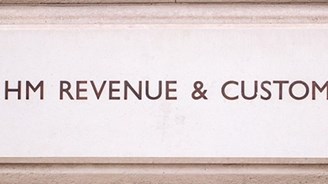Route 102 – One man’s year-long journey……Day 39

To mark this momentous year for UK GAAP, I'm embarking on a mission to work my way through FRS 102, reading a portion on each working day of 2015 and writing a short blog entry on my thoughts and musings (be they few or many).
Day 39 (19 Mar)
Well, it's been a week-long break since my last post, due to a combination of holiday and a spot of poor health. But we're back on track with everyone's favourite topic in FRS 102 - hedge accounting. Tip: if you ever want to see a Mercia lecturer visibly pale on an accounting course, ask them to talk you through the FRS 102 approach to hedge accounting. It's not something most of us deal with, and it may remain only a theoretical option for many entities. But don't write it off too quickly. In August 2014, FRS 102 was revised with an updated approach to hedge accounting that was intended to broaden its appeal to accounts preparers.
The first thing to understand is that hedge accounting necessarily involves two separate things: the hedged item and the hedging instrument. Here's a quick example. If you were to sell some stock to a European customer for settlement at a later date in euros, you'd have a debtor. Now, the value (in sterling) of this debtor can go up or down between now and the settlement date, depending on the exchange rate. So to eliminate any uncertainty, you decide to enter a forward contract to sell these euros on the settlement date at a fixed rate. Voila! You have determined how much cash (in sterling) this stock sale will bring you. You've hedged, in other words.
Now it's important to note that you don't need to apply hedge accounting to this arrangement. Instead, you could measure the debtor at the prevailing 'spot' rate (remeasuring at the year-end if this occurs before settlement), and you could measure the forward contract at fair value under section 12. (NB forward contracts are assumed to have zero fair value when entered, but this will change as the period elapses. If you're two months into a three-month forward contract, comparing your fixed rate to a one-month rate entered today will show whether you've made a gain or a loss so far).
If you decide to adopt hedge accounting (and this example happens to be one of the more common cases), the debtor would be the hedged item and the forward contract is the hedging instrument.
More tomorrow on the restrictions on using hedge accounting, and the various types of contract.
P.S. If you missed the last instalment click here



